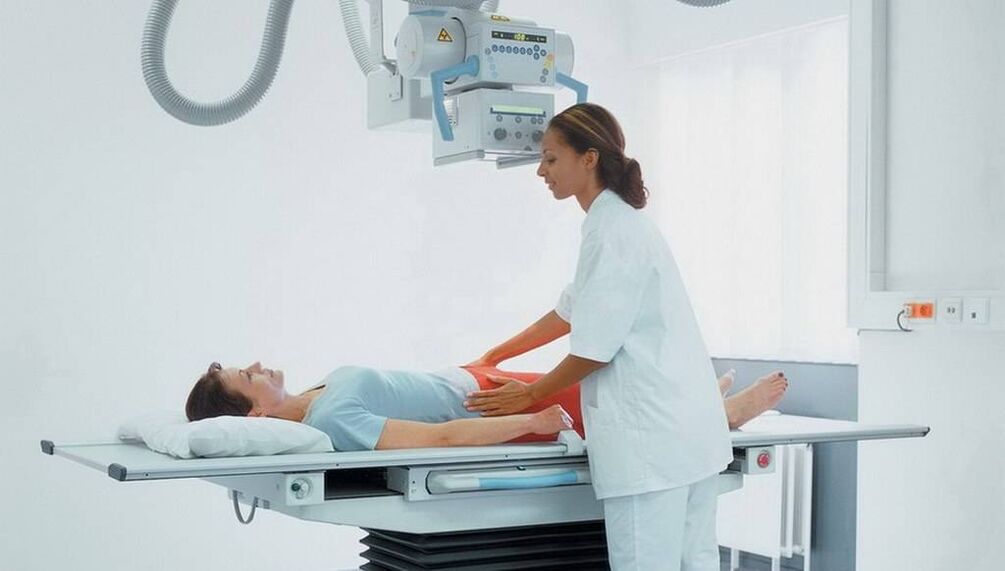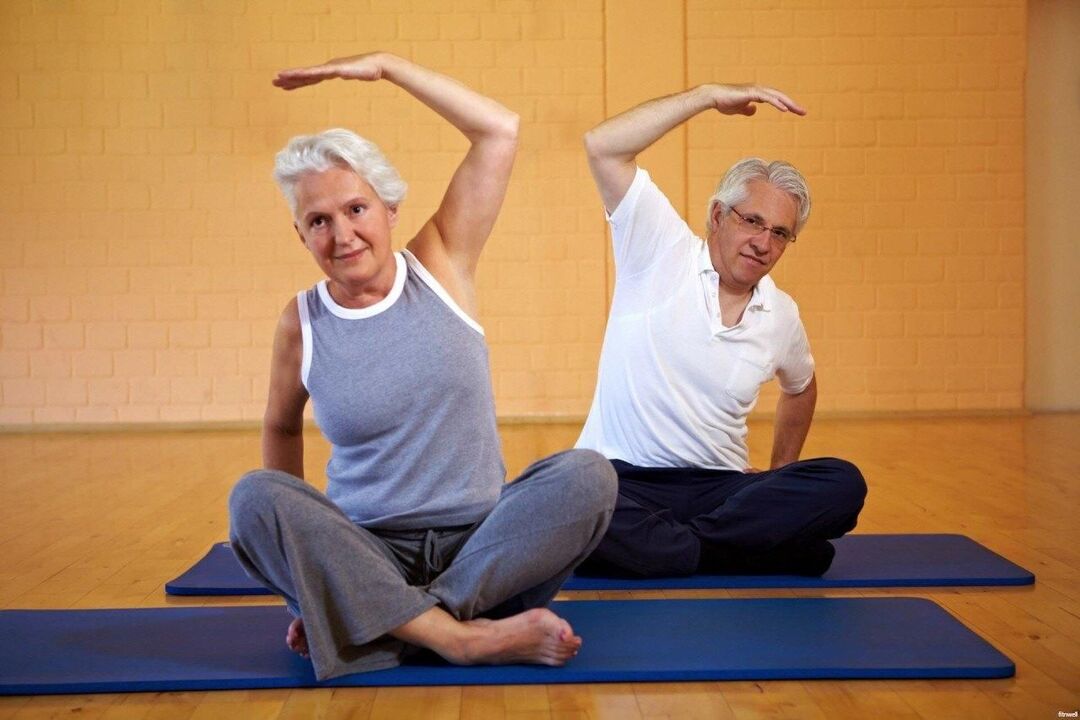Osteoarthritis of the hip joint (arthrosis) is a chronic, progressive pathology in which degenerative-dystrophic processes occur in the joints of the pelvis. More precisely, there is the destruction of the hyaline cartilage surrounding the head of the femur and the acetabulum, the surfaces of the pelvic bones in contact with each other.
The second name of the pathology is coxarthrosis of the hip joints.
Osteoarthritis of the hip joints: features of the disease
Often, the initial knowledge of what is coxarthrosis is for older people, especially women, who are at risk of developing pathology after 45 years. Such a selective view of the pathology is due to the characteristics of the structure of the female pelvis, as well as its direct involvement in the birth process. In men, osteoarthritis of the hip joints (coxarthrosis) mainly occurs after the age of 65 years.
An important role in the pathogenesis of coxarthrosis is played by the natural aging of the body when the most stressed joints of the bones begin to collapse.

Also, the disease can be triggered by a combination of a number of infectious, traumatic, non-inflammatory diseases. Initially, osteoarthritis manifests itself as pain and decreased activity of movements in the pelvic region, but then its consequences become more serious - the affected limb is shortened.
Classification of the disease
The types of osteoarthritis of the hip joint depend on its developmental characteristics and the cause. Often there is post-traumatic osteoarthritis of the hip joint - it appears after the injury. The classification also includes the following types of osteoarthritis:
- Dysplastic - due to dysplasia that occurs in childhood but is not treated;
- Static - associated with an unequal load on the pelvic region, which occurs with pathologies of the foot, knee, ankle;
- Post-infectious - appears after various inflammatory diseases;
- Primary chronic - develops in older people due to aging.
Any type of disease can be called "deforming arthrosis of the hip joint" because the pathology leads to a violation of the shape and appearance of the pelvic articulation of the bones.
In addition, the symptoms of the disease are divided into 3 degrees according to the severity of the changes described in the text.
Causes of osteoarthritis
Symptoms of coxarthrosis may appear even in the absence of obvious conditions, which are associated with joint natural degenerative processes. In addition to withstanding large and constant loads, it has a narrow gap, so it wears out faster than others. Initially, blood circulation in the tissues is disrupted, so nutrients are less delivered to the hyaline cartilage. Metabolic processes are disrupted, cartilage dries out, cracks appear on it. In addition, articular surfaces wear out and are quickly destroyed - osteoarthritis of the hip joint progresses. If the body is affected by a number of stimuli, the symptoms may appear more quickly:
- Any injury;
- Physical work, heavy sports;
- diseases of the spine, including curvature;
- straight legs;
- Arthritis against the background of an infectious process;
- Transplanted joint dysplasia in childhood;
- Metabolic diseases;
- Excess weight;
- Rheumatism and other autoimmune pathologies.
Against the background of the influence of such factors, the disease can develop faster - after 30-40 years.
Symptoms of coxarthrosis
The symptoms of osteoarthritis of the hip joint mainly depend on its degree. There are three degrees (stages) of pathology:
- First degree. There is pain during exercise - after a long walk, jogging, there is a painful, dull sensation in the pelvic region (passes after a short rest). The pain does not spread to other parts of the foot. Grade 1 deformity of the hip joint does not cause changes in gait, the muscles are fully functional. At the end of the stage, small restrictions on the movement of the legs may appear;
- Second degree.In this case, the pain is more pronounced in osteoarthritis of the hip joint. The pain is minimal, with discomfort in the evening after a day of work. There are pains at night and at rest. A crisis in the joint, a feeling of friction. If a person walks for a long time, then swaying movements can be observed. It is difficult to wear shoes, pull your foot to the side;
- Third degree.The function of the pelvis is severely impaired (both joints are affected by primary osteoarthritis, with other types, usually only one). Pain in the groin is constant, unbearable, gives the knee. Thigh muscles atrophy. The leg is shortened, so the person uses an armpit and a stick to move.
Later ankylosis occurs, when movement is generally impossible.
Diagnosis of the disease
What is coxarthrosis of the hip joint, what is its degree and how to treat the disease? After the diagnosis, all problems must be resolved. Although the main method of diagnosis is radiography, the patient needs the advice and tests of a number of specialists. This will help to find the cause of the disease and take action against it. Thus, coxarthrosis can be triggered by osteochondrosis, flat feet, urological and gynecological infections, and their treatment will help stop the destruction of bone articulation.

All changes are perfectly displayed to make an accurate diagnosis and determine the degree of osteoarthritis - X-ray or CT (MRI):
- First degree, a slight narrowing of the cavity, the appearance of marginal osteophytes;
- Second degree - 50% narrowing of the joint cavity, the appearance of osteophytes on the outer and inner sides of the cavity, deformity of the head of the femur, often - the presence of inflammatory changes in the tissues close to the articulation of the joints. bones;
- The third degree is a sharp deformation of the joint, the presence of large osteophytes, sclerotic zones.
Treatment of osteoarthritis
Conservative treatment
Ointments, creams, tablets for osteoarthritis of the hip joint help only in the early stages of the disease. Medications can completely restore cartilage, and it is important to start therapy at an early stage. NSAIDs, corticosteroids, chondroprotectors, hyaluronic acid-based drugs, and muscle relaxants are commonly used. They also do massage, exercise therapy and therapeutic exercises.
In the second stage, it is necessary to combine physiotherapy and mechanical methods that affect the joint. These include extractor head, UHF, magnetotherapy, shock wave therapy, ultrasound, laser, inductothermy, electrophoresis. Folk remedies for osteoarthritis of the hip joint, like local remedies, are of secondary importance only, and the main method of therapy should be medication.
Be sure to follow a diet for coxarthrosis of the hip joint, it is required to normalize metabolism and improve cartilage nutrition.

Endoprostheses for osteoarthritis
The third stage of the disease can be treated only surgically. The patient is recommended joint replacement surgery or arthroplasty. The surgeon cuts off the head of the femur and puts a metal pin in the incision where the artificial head is closed. After the operation, a long rehabilitation and exercise therapy is carried out, but then the thigh joint will work fully and the doctor will be able to answer the question of whether it is possible to squat the patient with hip arthrosis. together.

Disease prevention
To prevent osteoarthritis of the hip joint, exercise and a healthy lifestyle should come to the fore. It is not possible to overload the joints, but hypodynamics must be eliminated. Good for walking, swimming, skiing, elliptical trainer. It is also important to lose weight and eat properly.

Prevention of osteoarthritis of the hip joint is also based on the early treatment of any bruises, injuries affecting the pelvis and spine. All congenital joint pathologies in childhood should also be eliminated.
Answers to popular questions
- Who to contact with arthritis? There is no clear answer to the question of which doctor treats coxarthrosis of the hip joint. Of course, it is recommended to contact a surgeon, traumatologist or orthopedist first, depending on the capabilities of the clinic. An arthrologist deals with pelvic joint problems at specialized centers, but it is not always possible to find such a narrow specialist.
Depending on the cause of the disease, in the future you will need to be treated in parallel under the supervision of a rheumatologist, neurologist, infectious disease specialist and a number of other doctors;
- Can Arthritis Be Cured? The disease is chronic and cannot be completely eradicated, especially with aging. However, if you see a doctor with grade 1 osteoarthritis of the thigh, you can treat all the existing changes and then prevent rapid progression. In the later stages, it is possible to stop and correct all existing pathological changes, and to live a normal life thanks to regular courses of therapy. Not only can arthroplasty save a joint from osteoarthritis, but it also has a number of drawbacks - from the need to periodically change the prosthesis to postoperative complications - pain, thrombosis, infection;
- When local treatments are sufficient, and in what cases can you avoid seeing a doctor? Any ointment can not only slightly improve blood microcirculation in the joint area, but also relieves pain, but has no therapeutic effect. In addition, this compound is located very deep, which complicates the penetration of the active ingredients. Therefore, regardless of the severity of manifestations, it is necessary to consult a doctor at any stage of the disease. Only in the early stages can the disease be stopped with "little blood" without surgery.
Osteoarthritis of the hip joint is a pathology that injures a person and causes a disability that prevents him from walking.
The only way to prevent the development of such problems is to start conservative therapy in stages 1-2 of the disease, not forgetting to conduct regular and full-fledged courses.


















